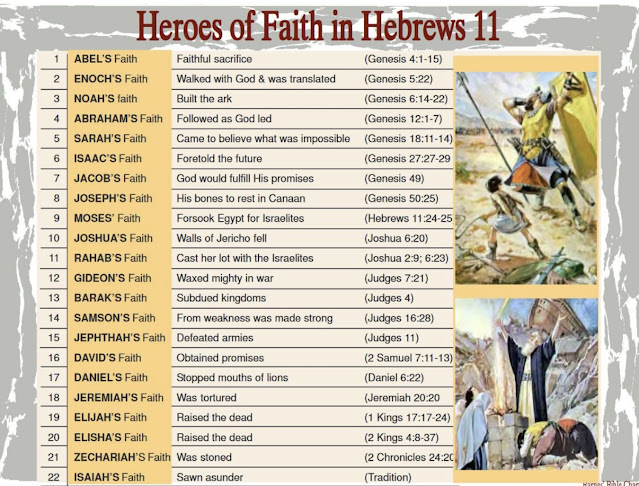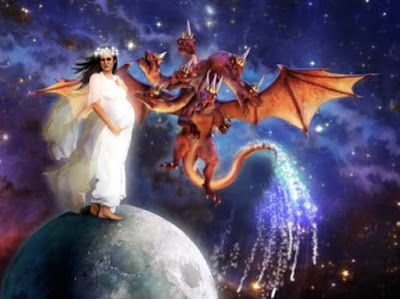Due to my husband Dan’s mother’s recent death, it’s been more difficult to get these summaries done, so this summary includes two weeks.
On Monday, March 13, Jo Ann, Dan, Steve, Karen, Dave, Norky, Merrill, Neil, Robin, and Randy attended. We were glad to have Robin and Randy back after Robin’s hip replacement surgery.
Below is a summary written by Dan of what went on on Monday, 3/13/23:
We read Hebrews chapter 10, as well as some of the commentary from the Jewish Annotated New Testament.
As the chapter began, the author spoke of the “good things” that Jesus did that “The law” could not do, namely solve the problem of sin, “once and for all”. The author argued that the blood of animals could not truly take away sin, because if animal blood sacrifice took sin away, sinners would not feel guilty for their sins anymore. Because people had to keep coming back to sacrifice, it must not take away sin at all.
Following that is a discussion about Jesus that seemed to imply that Adonai required human sacrifice in order for sins to be forgiven.
We next read about the “new covenant” spoken of by Jeremiah. Then going on to Hebrews 10:26, the author seemed to undercut his own argument by saying “If we deliberately keep sinning after we have received the knowledge of the truth, no sacrifice for sins is left”. Chilling. And a bit confusing.
On Monday, March 19, Jo Ann, Dan, Steve, Karen, Dave, Diann Z., Merrill, Robin, Randy, Jay El, and Norky attended. We missed Neil and Odette and Ruth and others.
Below is a summary written by Dan of what went on on Monday, 3/20/23:
Hebrews 11 is famous for its list of heroes of faith. The commentary mentioned that all of them had in common .experiences that put them in mortal danger. Rabbi Google, when discussing the Jewish concept of emunah (faith), referred to the concept of faith in God, that Christians emphasize faith while the Jewish concept emphasized God. Dunno if that is so or not (?).
Hebrews 12 emphasized God disciplining his children, which is one way of explaining the why of suffering. The author uses the analogy of running a successful race, like Paul does .in II Timothy. At the end of the chapter the author contrasts the scary mountain (Sinai- Jewish) with Mount Zion (Christian?).
The biggest discussion we had occurred after our discussion of Hebrews chapters 11 and 12 when we talked about what made our discussion “from a Jewish point of view”. So what makes our discussion “Jewish”? Part of it is that most of us are Jewish people, and it’s from our own specific point of view. Jo Ann recalled an episode of Star Trek where three crew members spoke with an alien who appeared to each of them as someone they knew well, but was not the same person. So it can be with God. One of us spoke of neighbors who insisted that only those who converted to Christianity was “saved”. We all, Jewish and Christian, agreed that was incorrect. Dan consulted Google as we closed to recite to us the seven Noahite (sp?) laws.
Additions from Jo Ann:
Diann had questions after the study about what makes our study New Testament from a Jewish perspective. We discussed that a bit and decided that Jewish learning is all about discussion and thinking in multiple ways. There is no “one way” when we study from a Jewish point of view.
As always, if I missed anything that should be included in this summary, please add by clicking the comment button below.




Comments
Post a Comment